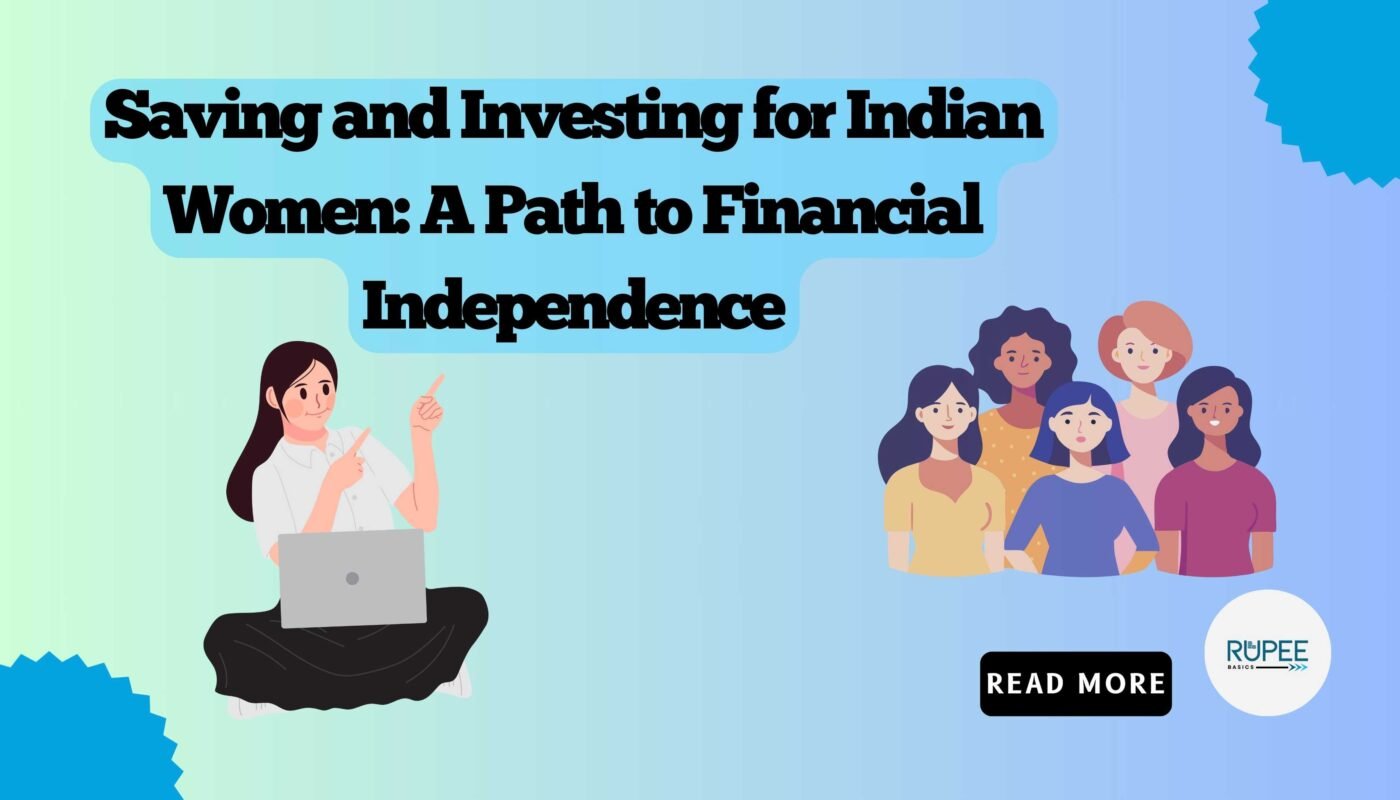Saving and Investing for Indian Women: A Path to Financial Independence
In today’s world, financial independence is crucial for women in India. It empowers them to make choices, secure their future, and create wealth. However, cultural barriers and limited access to resources often hinder their progress. This blog explores the importance of saving and investing for Indian women, addressing the challenges they face and providing practical strategies for long-term wealth creation.
Understanding Financial Independence
- Empowerment: Financial independence allows women to take control of their finances, enhancing their self-esteem and confidence.
- Economic Security: It provides a safety net against unexpected expenses and life changes, reducing vulnerability to financial hardships.
- Long-term Wealth Creation: Investing wisely helps in accumulating wealth over time, ensuring a stable financial future.
Cultural Barriers to Financial Independence
- Patriarchal Norms: Traditional gender roles often assign women the primary responsibility for caregiving, limiting their ability to work or manage finances independently.
- Limited Access to Education: Despite improvements in female literacy rates, many women still lack access to higher education and financial literacy programs.
- Workforce Participation: Women face challenges such as lower pay, workplace harassment, and societal expectations that deter them from joining or remaining in the workforce.
Strategies for Saving and Investing
- Enhance Financial Literacy
- Participate in workshops focused on personal finance.
- Utilize online resources and mobile apps for financial education.
- Start Saving Early
- Open a savings account with a good interest rate.
- Consider systematic investment plans (SIPs) in mutual funds for disciplined savings.
- Explore Investment Options
- Public Provident Fund (PPF): A government-backed savings scheme offering tax benefits and attractive interest rates.
- National Savings Certificate (NSC): A fixed investment option with guaranteed returns.
- Gold Investments: Invest in gold ETFs or sovereign gold bonds as a hedge against inflation.
- Unit Linked Insurance Plans (ULIPs): Combine insurance with investment for long-term growth.
- Utilize Government Schemes
- Sukanya Samriddhi Yojana: For securing a girl child’s education.
- Post Office Mahila Samman Savings Scheme: For short-term financial goals.
- Mudra Loan Scheme: Helps women entrepreneurs start small businesses.
- Stand-Up India Scheme: Supports women-led businesses with financial aid.
- Promote Entrepreneurship
- Encourage women to start small businesses or join self-help groups (SHGs) for skill development and financial support.
- Network and Seek Mentorship
- Connect with other women investors or financial advisors who can provide guidance and support.
- Create a Budget and Save First
- Track income and expenses.
- Follow the 50-30-20 rule (50% for needs, 30% for wants, 20% for savings/investment).
- Automate savings through Recurring Deposits (RDs) or Systematic Investment Plans (SIPs).
- Get Insurance Coverage
- Health Insurance: Covers medical emergencies.
- Life Insurance: Ensures financial security for dependents.
- Critical Illness Insurance: Helps during severe health conditions.
Conclusion
Achieving financial independence is essential for Indian women. By overcoming cultural barriers and enhancing financial literacy, women can take charge of their finances, make informed investment decisions, and create long-term wealth. Empowering women through education and access to resources will not only benefit individuals but also contribute to a more equitable society.
FAQs
- What are the best investment options for women in India?
Some of the best options include PPF, NSC, mutual funds, gold investments, and ULIPs. - How can I improve my financial literacy?
Attend workshops, read books on personal finance, and use online resources or mobile apps dedicated to financial education. - What government schemes are available for women?
Schemes like Sukanya Samriddhi Yojana and Post Office Mahila Samman Savings Scheme are designed to support women’s financial goals. - How much should a woman save each month?
- At least 20% of her income should go into savings and investments.
- Is investing in stocks risky for beginners?
- Yes, but starting with blue-chip stocks and mutual funds reduces risks.
- Which is better: Gold investment or Fixed Deposits?
- Gold provides better returns over a long period, but FDs offer stability and security.
- What is the best investment for housewives?
- PPF, Fixed Deposits, and Mutual Funds (SIPs) are great options for housewives.
- Can women invest with small amounts?
- Yes, SIPs in mutual funds allow investments as low as Rs. 500 per month. Start your investment by Just Rs 500 per month.
“Success is not final, failure is not fatal: It is the courage to continue that counts.” – Winston Churchill




